Description
Dahlia Pompone Double Mixed
Dahlia Pompone Double Mixed. A stunning mix delivering a profusion compact globular shaped blooms reaching 60cm in height. Flowers Jul to late Oct. Ideal for pots, tubs, borders and beds. A half-hardy annual.
Cultivation Advice For Dahlia Pompone Double Mixed
- Choose a sunny spot with well-draining soil. Dahlias thrive in full sun, receiving at least 6-8 hours of sunlight daily.
- Plant tubers after the last frost date when the soil has warmed up. In cooler climates, start tubers indoors a few weeks before the last frost to get a head start.
- Ensure the soil is loose, fertile, and well-draining. Incorporate organic matter like compost to improve soil structure and fertility.
- Plant tubers about 2-4 inches deep, with the eye (or sprout) facing upward. Space tubers approximately 8-12 inches apart.
- Keep the soil consistently moist but not waterlogged. Water deeply once or twice a week, especially during dry spells or when tubers are actively growing.
- Apply mulch around the plants to retain moisture and suppress weed growth. Keep the area around the tubers weed-free to reduce competition for nutrients.
- Some varieties might benefit from support or staking as they grow taller or if they become top-heavy.
- Fertilize lightly with a balanced fertilizer or a fertilizer higher in phosphorus (middle number) to promote flower production. Apply according to package instructions.
- Regularly remove spent blooms to encourage continuous flowering. Pinch or cut the faded flowers back to the nearest set of leaves.
- Dig up tubers after the first frost, allow them to dry for a few days, and store them in a cool, dry place for the winter. Replant in the spring.
- Regularly check plants for signs of pests, diseases, or stress. Early detection allows for timely intervention and minimizes damage.
- Use a soaker hose or drip irrigation to water at the base of the plants, ensuring the water reaches the root zone. Avoid wetting the foliage, which can invite diseases.
- Pinch back young plants when they are about 6-8 inches tall. Remove the growing tips to encourage lateral branching, resulting in bushier growth and more blooms.
- Monitor soil moisture regularly, especially during hot, dry spells. Adjust watering frequency based on the plant’s needs to prevent under or over-watering.
- As the plants grow, provide support with stakes or rings to prevent bending or breaking of stems, particularly in windy conditions.
- Implement preventive measures against common pests like aphids or spider mites. Consider using organic remedies or introducing beneficial insects for control.
- Practice good sanitation by removing and disposing of any diseased plant debris promptly to prevent the spread of diseases.
- Apply a balanced fertilizer or a bloom-boosting fertilizer every few weeks during the growing season to support continuous flowering.
- Maintain a layer of mulch around the plants to conserve moisture, regulate soil temperature, and suppress weed growth.
- Regularly cut flowers for bouquets or arrangements to encourage more blooms and enjoy the vibrant, double-petaled flowers indoors as well.
- Regularly remove spent flowers and prune any damaged or dead stems throughout the growing season to encourage continuous blooming.
- Pay attention to the plant’s growth. If foliage seems lush but blooms are limited, reduce nitrogen-rich fertilizer and opt for a higher phosphorus blend to promote flowering.
- Encourage beneficial insects like ladybugs or lacewings that prey on common garden pests, providing natural pest control.
- In areas with intense sun or heat, provide some shade during the hottest part of the day to prevent wilting or stress on the plants.
- Observe individual Dahlia plants within the mix. Some varieties may exhibit specific growth habits or flower colors; note these observations for future reference.
- If planted in containers, monitor soil moisture more frequently. Containers can dry out faster, requiring more frequent watering.
- Periodically check the soil pH and ensure it remains within the optimal range (slightly acidic to neutral) for healthy growth.
- If planning to store tubers for the winter, ensure they are completely dry before storing them in a cool, dry location to prevent rot.
- Embrace the diverse and vibrant range of double-petaled blooms in the Dahlia Pompone Double Mixed variety.
- Consider different planting arrangements or groupings within the garden to showcase the variety of colors and sizes offered by the mixed blooms.

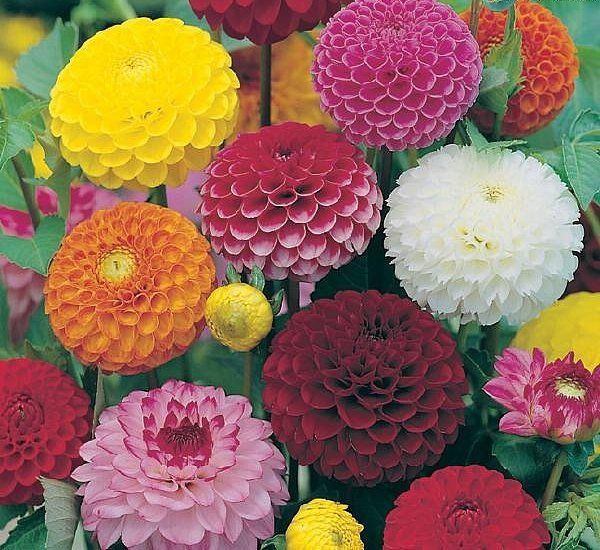

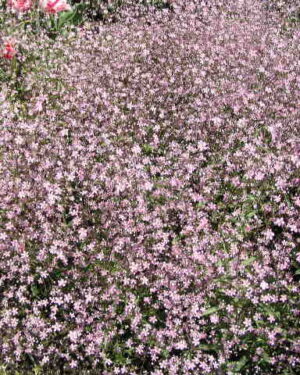


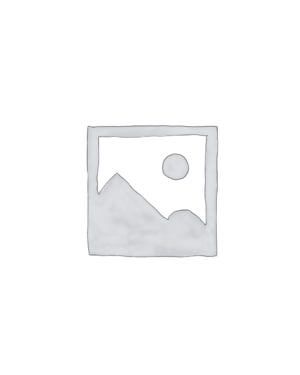
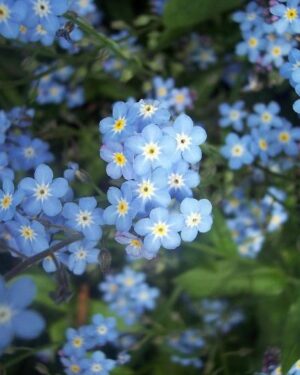
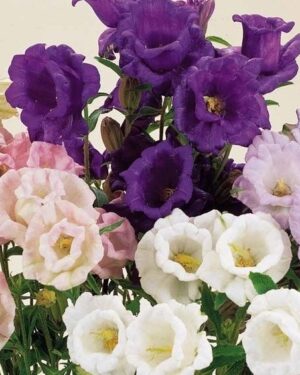
Reviews
There are no reviews yet.